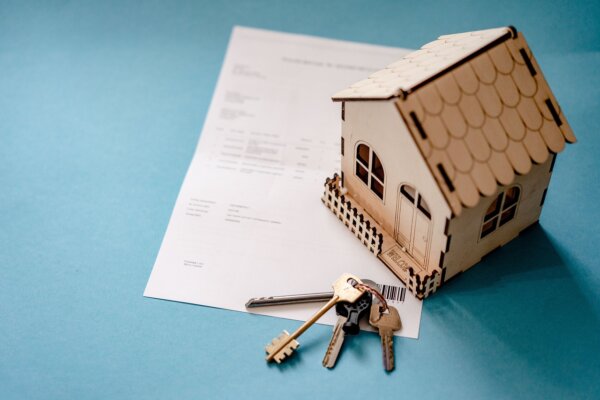
Home insurance costs are on the rise. According to Bankrate, the average U.S. homeowner pays about $2,181 per year for a policy covering a $300,000 home. That breaks down to roughly $182 per month. However, rates vary widely based on factors like your home’s age, size, location, and policy details.
Why Are Insurance Costs So High?
Your location plays a big role in determining your insurance rate. States with extreme weather, like Florida and Nebraska, have some of the highest costs. Florida homeowners pay an average of $5,376 per year due to hurricanes, while Nebraska residents pay even more—$5,401—due to frequent windstorms. Insurance companies charge higher premiums in these areas to offset the increased risk of claims.
On the other hand, states with milder weather, such as Vermont, have lower insurance costs. Homeowners in Vermont pay an average of $794 per year, which is 64% below the national average. Alaska and Delaware also have lower costs, averaging $868 and $938 per year, respectively.
How to Lower Your Home Insurance Costs
While you can’t control the weather, you can take steps to keep your home insurance premiums as low as possible:
- Shop Around – Compare quotes from multiple insurers to find the best price for the same coverage.
- Bundle Policies – Many insurance companies offer discounts if you bundle your home and auto insurance with them.
- Improve Security – Installing a home security system can lower your premium by reducing the risk of theft.
- Upgrade Your Roof – A weather-resistant roof can help protect your home from storm damage and may qualify you for a discount.
- Raise Your Deductible – A higher deductible lowers your monthly premium, but make sure you can afford the out-of-pocket cost if you need to file a claim.
By taking these steps, you can keep your home protected while saving money on insurance. Regularly reviewing your policy and exploring new discounts can make a big difference in managing rising costs.




